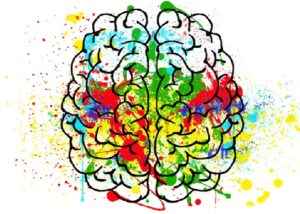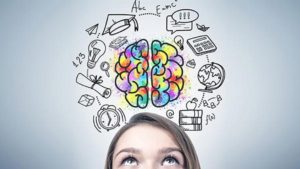Brain-based education

It involves a participatory and experiential class, attending to the diversity and uniqueness of each student, taking into account the theory of multiple intelligences.
It allows us to see the foreign language in a concrete way and to relate it to the world and everyday life.
Awareness of one’s own thinking processes is promoted.
Students are guided to discover the meaning, characteristics, rules and uses of different structures.
Taking into account the different learning styles (visual, auditory and kinesthetic)
Execution of tasks that prioritize the training of mental functions and operations and include the resolution of challenges. One of the stimulus that promotes learning the most and produces brain changes is success. When a reward is obtained, the brain recognizes what it has done well and neural changes that lead us to repeat the same steps occur.
Thinking is encouraged, along with a teaching practice based on questions and not only on answers. Through uncertainty, feelings like motivation, emotion and curiosity take place in the classroom, thus facilitating the construction of knowledge.
The process by which the brain stores information is known as memorizing, while the process by which the brain adapts to that information is known as learning.

One of the fundamental concepts when understanding the relationship between the brain and learning a second or foreign language is the concept of plasticity.
Plasticity is the ability to change structure and chemistry in response to environment or context. The brain has 100 trillion cells forming a complex network in which its components are interconnected.
Although we cannot develop new neurons, new connections between neurons can be established and these connections create learning and memory. This creation of new neural links will depend on the contextual richness that is offered to the student and the practice.
Therefore, it is important to apply this knowledge of the brain to create classrooms that offer broad, varied, enhanced input and that encourage students to participate in class. Our teachers present studens with rich and complex classroom experiences and facilitate learning based on their interests, needs and objectives.